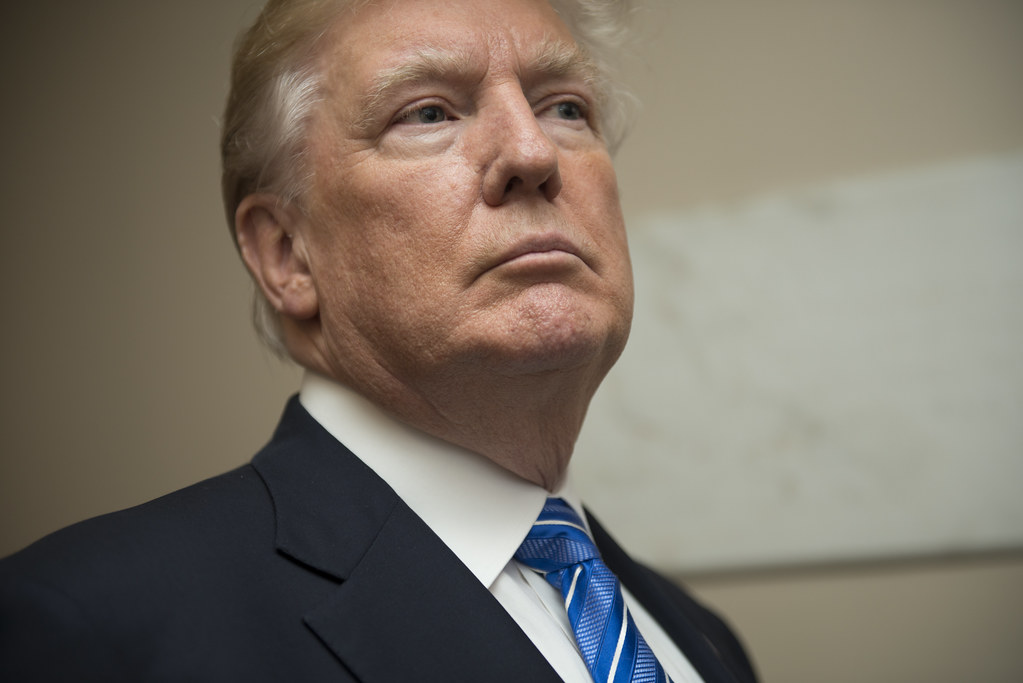Key Takeaways
• President Trump is furious over New York City’s election of Zohran Mamdani.
• He now eyes cutting vital federal funding for city services.
• New York relies on about $7.4 billion in federal funding next year.
• Big programs like schools, social services, and housing could suffer.
President Donald Trump is upset that New Yorkers picked progressive Zohran Mamdani as their next mayor. As a result, he is already planning to punish the city by slashing federal funding for key services. This move could threaten schools, social support, and affordable housing. In addition, it shows how politics can affect daily life in America’s biggest city.
What Federal Funding Does NYC Get?
New York City depends heavily on federal funding to pay for vital programs. Analysts estimate the city will receive around $7.4 billion in federal support for the 2026 budget year. That aid makes up about 6.4 percent of the city’s entire budget. Without it, schools, housing projects, and social services would face deep cuts.
In particular, the city’s education department gets over $2 billion in federal funding. Social Services receives roughly $1.5 billion from Washington. Meanwhile, the agency for children’s welfare relies on 39 percent of its money from federal sources. Even the department that builds and preserves affordable housing counts on half its budget from federal support. Therefore, any cut would hit these areas hard.
Why Trump Is Threatening Cuts
Trump has called Mamdani a “communist” and blamed him for policies like free bus rides and rent freezes. He reacts strongly when a city leader opposes him. In the past, he sent federal forces, including border agents, into cities such as Los Angeles and Chicago. Those moves sparked protests and legal fights.
Now, Trump wants to use federal funding as leverage. By threatening to reduce or revoke that aid, he hopes to pressure local leaders. This tactic sends a warning to other cities that challenge his views. However, critics say it will punish ordinary residents more than elected officials.
How Cuts Could Affect City Services
First, public schools could lose significant classroom resources. Teachers might see larger class sizes. Students could miss out on special programs and after-school support. As a result, education quality could dip, especially in low-income neighborhoods.
Second, social services would face a funding gap. Programs that help families in crisis could close. Homeless shelters might struggle to keep their doors open. Food assistance and mental health services could shrink.
Third, affordable housing efforts would stall. The city hopes to build and preserve thousands of units each year. But half of that budget comes from federal funding. Without it, many planned projects could be delayed or canceled. Consequently, the housing shortage would worsen.
Finally, children’s welfare programs could suffer. Foster care and child protection services depend on federal contributions. A sudden drop in federal funding could force staff layoffs. That would strain an already overstretched system.
The Politics Behind the Threats
Trump’s willingness to punish opposing cities became clear during his presidency. He once threatened to pull federal aid from cities with strict immigration policies. He also deployed federal officers to crack down on protests. These actions showed he uses federal power for political ends.
Now, with New York City under a new left-wing mayor, Trump sees another chance. He believes cutting federal funding will force Mamdani to back down. Moreover, he hopes to rally his supporters by portraying the mayor as extreme. Yet, opponents argue this tactic is unfair and illegal.
City leaders say federal funding is guaranteed by law. They plan to challenge any attempt to slash that money in court. Several mayors have already vowed they will not yield. Therefore, the battle over funding could head to federal courts soon.
What’s Next for New York
First, city officials will meet with federal representatives to defend their budget. They will stress that cuts could harm millions of residents. Next, local leaders will likely file lawsuits to block any action. Lawyers will argue the president does not have the power to withdraw funds for political reasons.
Meanwhile, community groups and unions will rally in support of federal funding. They plan protests and social media campaigns to pressure Congress. In addition, they want to remind lawmakers that these programs keep New Yorkers safe and healthy.
At the same time, the fight could become a key issue in next year’s elections. Candidates for Congress will face tough questions about city aid. Voters will watch closely to see who stands up for New York. As a result, federal funding could become a top campaign topic.
Ultimately, the standoff will test the balance of power between the White House and city governments. If Trump succeeds, other cities may worry about similar threats. On the other hand, a legal victory for New York would limit presidential reach. Either way, residents will feel the impact in schools, shelters, and new homes.
FAQs
Who is Zohran Mamdani and why is Trump upset?
Zohran Mamdani is a progressive political outsider who won New York City’s mayoral race. Trump calls his plans “communist” and sees him as hostile. This clash in ideas has driven Trump to consider cutting federal funding.
How much federal money does New York City depend on?
Analysts put New York City’s federal funding at around $7.4 billion for the 2026 budget. That amount equals about 6.4 percent of the city’s total budget.
Which programs rely most on federal funding?
City schools receive over $2 billion. Social services get about $1.5 billion. Children’s services count on roughly 39 percent of their budget. The affordable housing department depends on half of its budget from federal aid.
Could cuts really happen, and what would come next?
Donald Trump could try to block or reduce federal funding. In response, New York City plans legal action. The battle may reach federal courts, and lawmakers could intervene. Meanwhile, community groups will keep up public pressure to protect city services.

